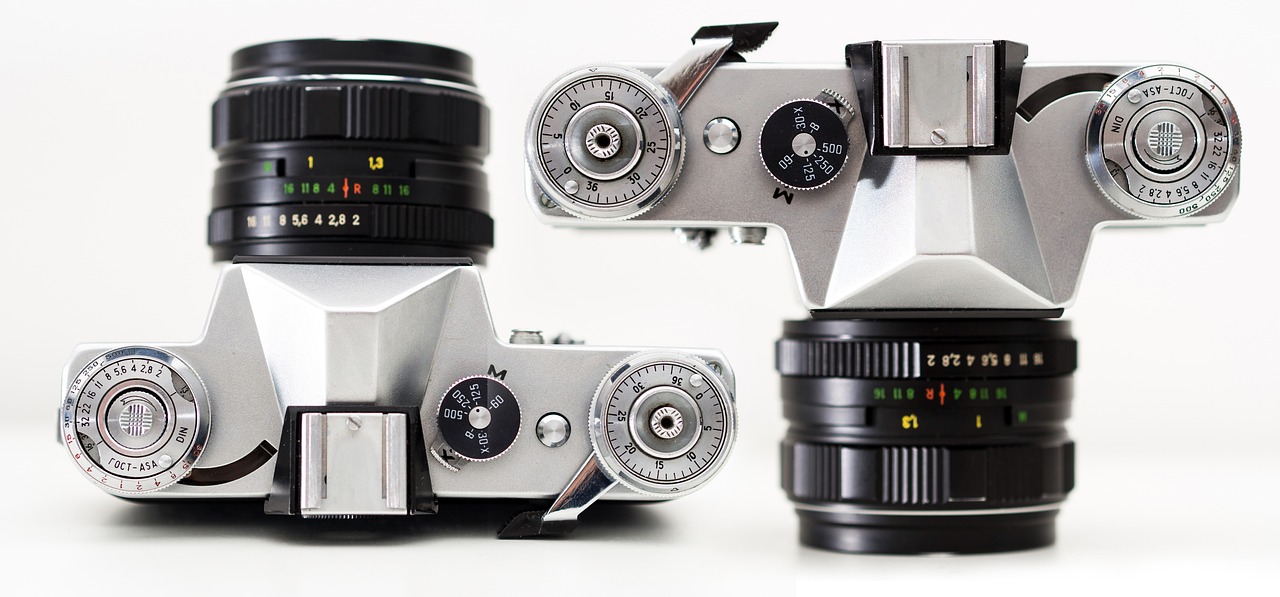The Art of Pattern Making: Exploring Texture and Dimension in Design: Play 99 exchange, Lotusbhai, Playexch in login
play 99 exchange, lotusbhai, playexch in login: Pattern making is an essential part of design that involves creating repetitive designs to enhance the visual interest of a space or object. By incorporating texture and dimension into patterns, designers can create unique and dynamic visuals that captivate the eye. In this article, we will explore the art of pattern making and how it can elevate the design of any project.
Understanding Texture in Design
Texture plays a crucial role in pattern making as it adds depth and visual interest to a design. Different textures, such as rough, smooth, shiny, or matte, can create a tactile quality that draws people in. When creating patterns, designers can experiment with varying textures to create a dynamic and multi-dimensional look.
Incorporating Dimension into Patterns
Dimension is another important element in pattern making, as it adds a sense of depth and perspective to the design. By incorporating different levels of dimension, designers can create patterns that appear to jump off the page or surface. This creates a visually engaging experience for the viewer and adds a sense of movement to the design.
Playing with Scale and Proportion
One way to create visually striking patterns is to play with scale and proportion. By varying the size of elements within a pattern, designers can create a sense of rhythm and flow. Incorporating larger elements can make a pattern bold and dramatic, while smaller elements can create a sense of delicacy and intricacy.
Exploring Color and Contrast
Color and contrast are essential components of pattern making, as they can greatly impact the overall look and feel of a design. By experimenting with different color combinations and contrasting elements, designers can create patterns that are visually striking and memorable. Bold colors and high-contrast patterns can create a sense of energy and excitement, while softer hues and subtle contrasts can create a more calming and serene vibe.
Using Negative Space to Enhance Patterns
Negative space, or the empty space around and between elements in a design, plays a crucial role in pattern making. By strategically using negative space, designers can create patterns that are visually balanced and harmonious. Negative space can help highlight the main elements of a pattern and create a sense of clarity and cohesion.
FAQs
Q: How can I create my own patterns?
A: To create your own patterns, start by sketching out your ideas on paper. Experiment with different shapes, textures, and colors until you find a design that speaks to you. Once you have a rough sketch, you can transfer it to a digital platform to refine and finalize your pattern.
Q: What tools can I use to create patterns?
A: There are many tools available for creating patterns, ranging from traditional drawing tools like pencils and markers to digital design software like Adobe Illustrator or Procreate. Find a tool that works best for you and experiment with different techniques to bring your patterns to life.
Q: How can I incorporate patterns into my design projects?
A: Patterns can be incorporated into a wide range of design projects, from interior design and fashion to graphic design and product packaging. Experiment with different patterns to find one that suits the aesthetic of your project and enhances the overall design.
In conclusion, the art of pattern making is a versatile and creative process that can transform any design project. By exploring texture, dimension, scale, color, contrast, and negative space, designers can create patterns that are visually striking and captivating. Whether you are a seasoned designer or just starting out, experimenting with pattern making can open up a world of possibilities for your next project.







